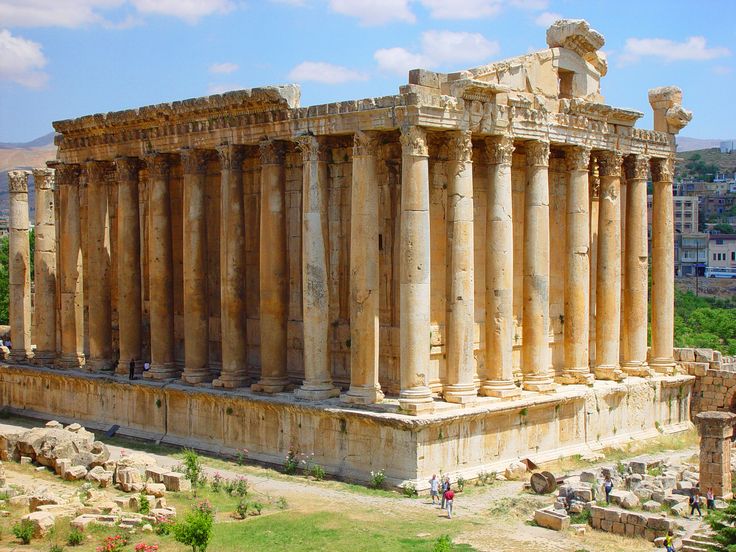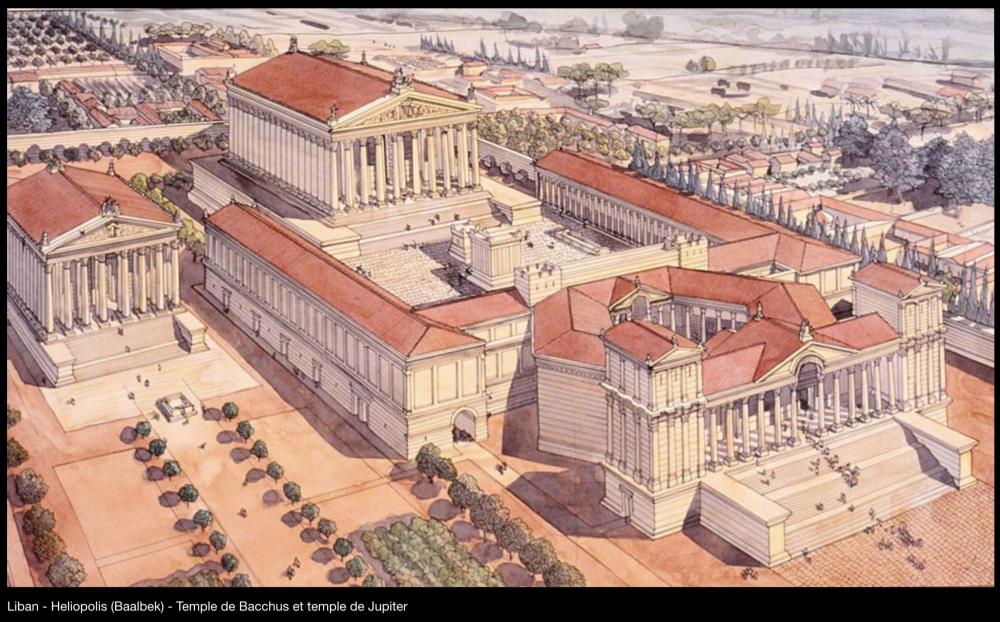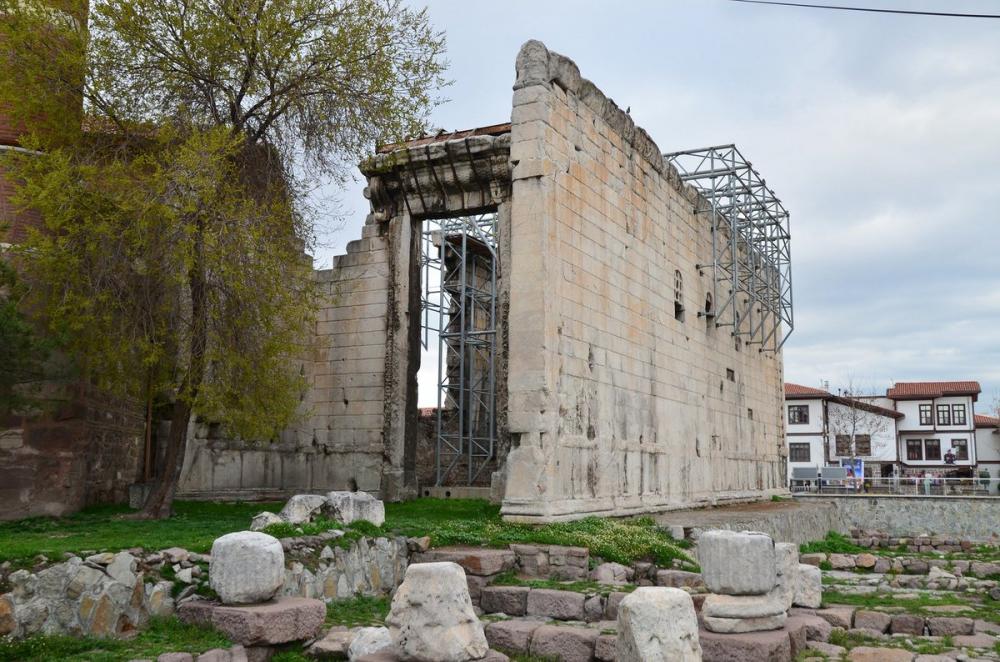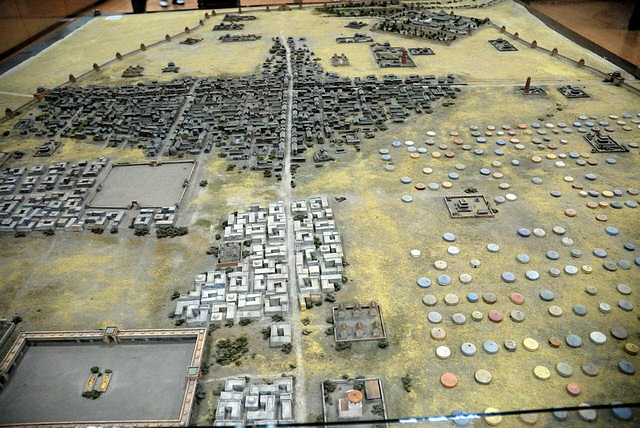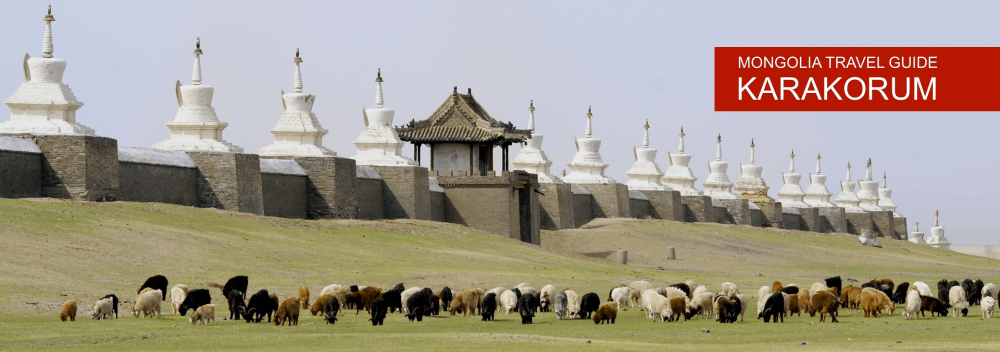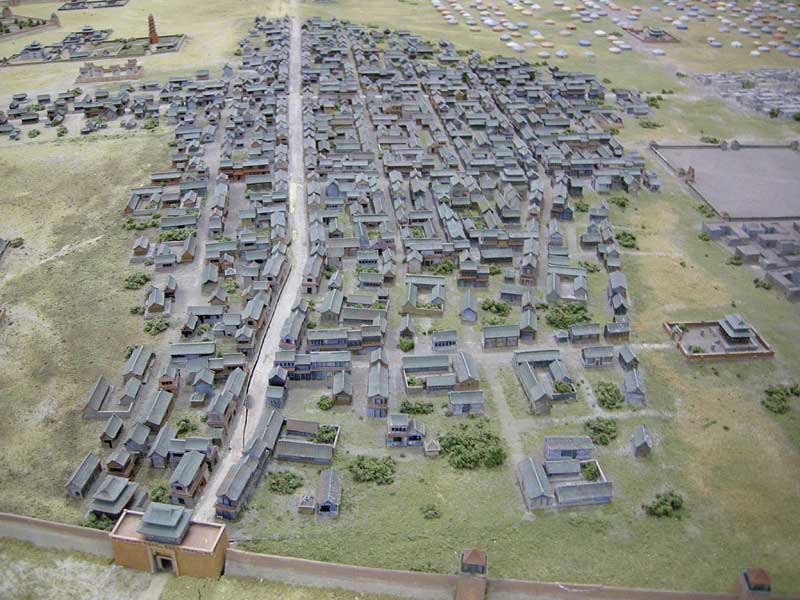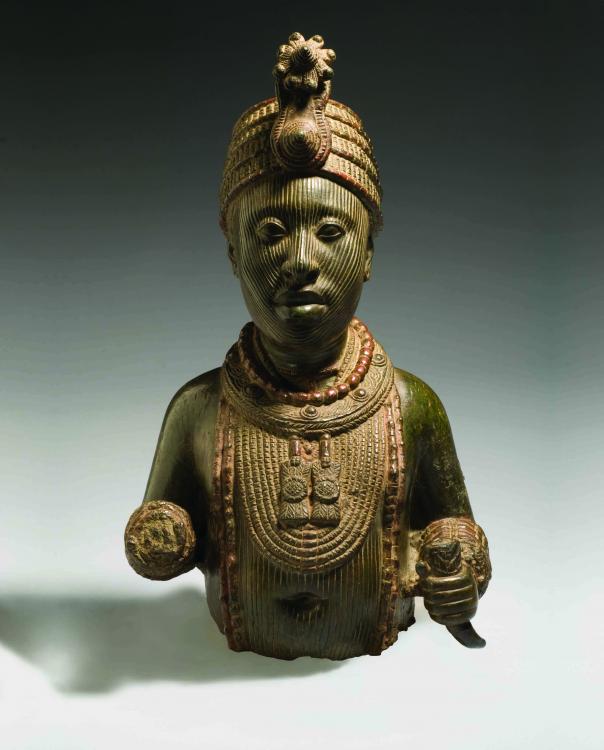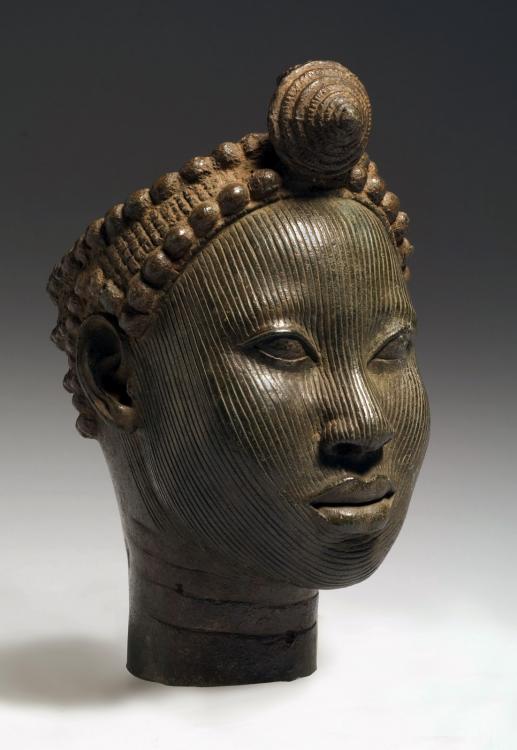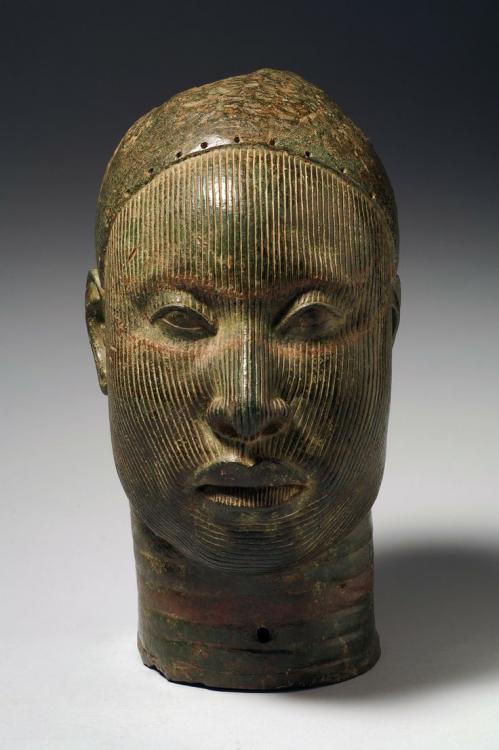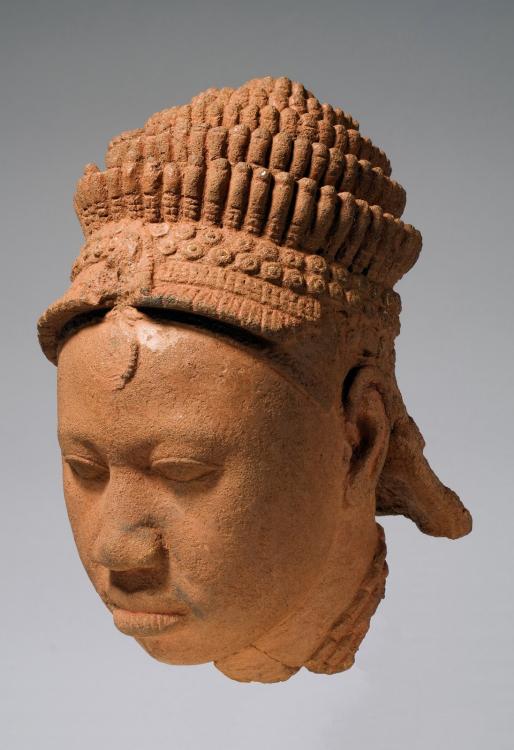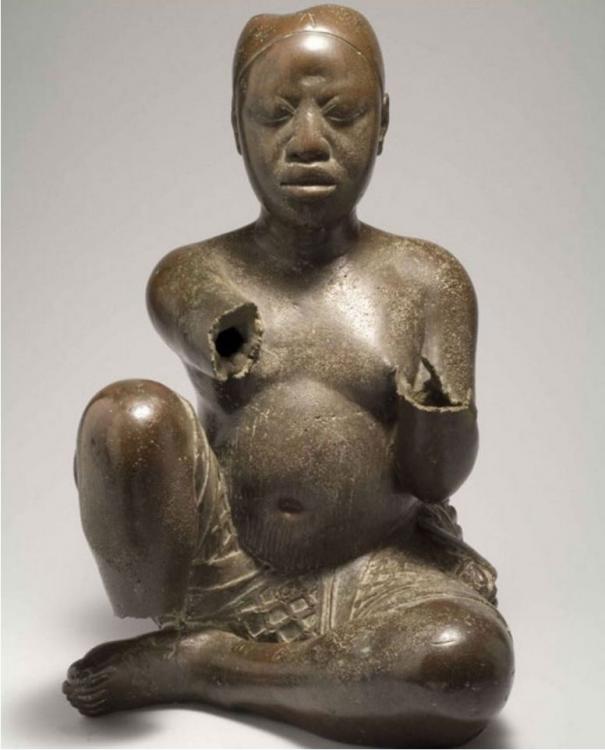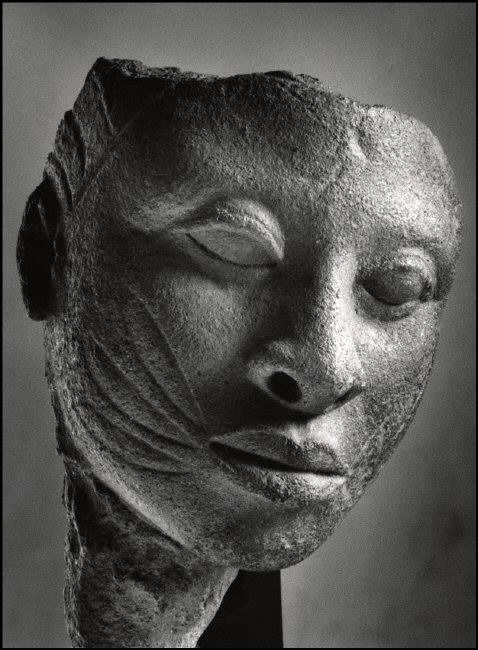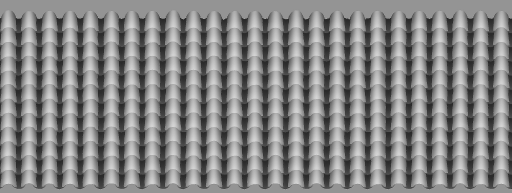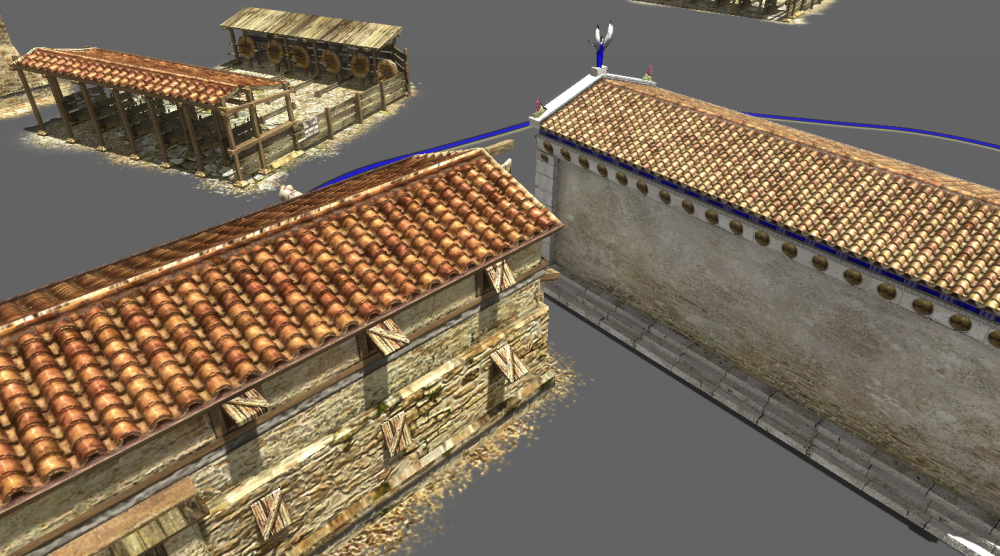Leaderboard
Popular Content
Showing content with the highest reputation on 2017-11-27 in all areas
-
Sundiata you seem to be the most informed person around about Kushites. I did not read all the valuable information in this thread, but I have a question I couldn't find an answer quickly. The Kushites have a very long history. Do you know if there were interactions (usually conquest) between Kushites and other civs found in 0AD (or maybe prominent civs between 0 and 500 AD)? Its very unlikely that we get there, but I would really love to have one campaign for each civ that we have models and templates for and part of that in a RTS is usually battling someone else :-)3 points
-
@LordGood I fixed the texture, and added Alexander's animations. If you have no objections, I'd like to commit it. @Alexandermb Your variant files were bugged so I added the anims inside the files directly and removed them. Basically things would get bad if you asked the onager to move. Also there was a lot of useless stuff in there. See a fixed file for example. Thanks for your work.2 points
-
2 points
-
The Fortifications of Kush Between the first cataract of the Nile and Khartoum are more than a hundred, possibly hundreds of stone and brick fortifications, dating to the Egyptian, Napatan, Meroitic, Post Meroitic, Christian, Islamic/Arabic, Ottoman and even British periods. A number of them date to 0AD's time frame, like the large Napatan fortress of Gala Abu Ahmed (discussed here and here), and a number of smaller late-Meroitic period fortresses I'll share in this post. They come from surveys of hundreds of fortifications focussing on the post-Meroitic and Christian period, but also turned up late Meroitic dates for a significant portion of these structures. What's interesting is that almost every fortress that dates to the Meroitic period is typically square shaped, just like their palaces. The fortifications with round or irregular patterns all exclusively date to the post-Meroitic period. Most of the Meroitic fortresses were reoccupied in later Christian times, which produced a second layer of Christian artefacts. These fortresses were often situated at the edges of wadis (seasonal rivers) running through the desert, or lining the Nile river at strategic places. Many are situated along an ancient trade route running through the Bayuda desert, between Napata and Meroë, like those at the Fura Wells. Large wells often found around these structures indicate that the water table was significantly higher in those days. These forts are almost all built up from walls of uncut drystone blocks, sometimes using clay as mortar, reaching anywhere from 2 to 7 meters, surmounted by mudbrick parapets, potentially reaching another few meters. The mud brick superstructures have mostly been scavenged as building materials in later times or melted away during the annual rains. Store-rooms and sleeping quarters for the garrisons often line the inside of the walls, also built from drystone, or mudbrick. Most of them feature square or round bastions, with stairs in the corners leading up to the top of the walls. Some of them feature a finely built central building, reminiscent of palaces, with what seem to be throne rooms. The Fortifications of Kush: @elexis Thanks for the interest! Yes, Kushites were surprisingly connected to the rest of the ancient world, through trade and war. Of particular interest are: Ptolemy II's "Nubian campaign": in which he occupied part of lower Nubia (the Dodekaschoinos), and the subsequent loss of the Dodekaschoinos to the Kushites less than a century later. Followed by Kushite supported rebellions against Ptolemaic rule in Upper Egypt (one of the unspoken reasons behind the late Ptolemaic weakness. No, it wasn't just the incest). The Roman war: when The Romans were planning to invade Kush, the Kushites decided to act first, taking advantage of the low number of Roman troops in Egypt due to the Arabian campaign, they invaded, pillaged and burnt Roman occupied Southern Egypt, taking Philae, elephantine, overwhelmed the Roman cohort at Syene, and enslaved it's inhabitants. On the orders of Emperor Augustus, Gaius Petronius was sent with an army of 10.000 infantrymen, and cut to pieces a Kushite army numbering 30.000 fighters (according to Strabo). They reached Napata and razed the most important religious centre of the Kushites, but were unable to reach any further. Abandoning any hope for taking Meroë, the capital, they were forced to retreat to Qasr Ibrim, close to the Egyptian border, and a second Kushite force moved against them and besieged them there. A stalemate followed, and 5 years of war ended with a negotiated truce under Queen Amanirenas. Nero also had plans of invading Kush, but you know, things happened... Cambyses II's invasion of Kush: The Achaemenid Persian Empire under Cambyses II invaded Kush, but was met with miserable failure, apparently "unable to cross the desert". According to Herodotus, when Cambyses II sent spies to the court of the "Ethiopian" King, the King saw straight through them, and said to deliver the following message to Cambyses, along with a bow: "The King of the Ethiopians advises the King of the Persians to bring overwhelming odds to attack the long-lived Ethiopians when the Persians can draw a bow of this length as easily as I do; but until then, to thank the gods who do not incite the sons of the Ethiopians to add other land to their own.', So speaking he unstrung the bow and gave it to the men who had come". Just got to love that ancient diss... http://www.reshafim.org.il/ad/egypt/herodotus/cambyses.htm Don't forget: Greek mercenaries fought for Sait Dynasty Egypt in Kush, Kushite mercenaries fought for Xerxes in Greece. Galatian mercenaries campaigned in Kush under the Ptolemies and Alexander the Great himself received a Kushite embassy when he was in Babylon. People from Kush also lived in Rome and Kush was probably one of the main sources of black people serving in the later Roman armies. Also, at almost every point in Kushite history since the 25th Dynasty, they at least nominally claimed rulership over Egypt, and often fought for and occupied the southern area's of Egypt up to the Thebaid, whose people were more sympathetic to the Kushites than other foreign rulers.2 points
-
That's what I was thinking... Hellenisation actually spread faster under Roman rule than it did in the Hellenistic period. Probably one of the reasons why Greek was more important in the Byzantine Empire than Latin. The Temple of Augustus and Roma in Ankara actually has the Res Gestae Divi Augusti inscribed in Greek on the outside, and Latin on the inside...2 points
-
2 points
-
As for the packed versión of every building i will reduce visión to 0 so in this case players won't be moving their houses everywhere alone whitout protection and behave like a nomad civilization protecting their settlements as an horde and maybe increase the loot for every packed building when killed so it won't be either beneficial for the xiongnu to lose their carts/wagons.2 points
-
1 point
-
I updated that post to get rid of the declaration. If I find something I'll report it. Only thing in A22, that I've noticed was that the minus symbol doesn't remove it from both of the class tags. Which kinda works as intended but if aura and techs look at both. I'm not sure about the svn.1 point
-
In delenda? I think I had to add some tags to the statue template (DropsiteGlory, Resource). I think that was just to get my edited version of petra to build them though. I think the support_slave template was missing the worker tag in the moddb version of delenda. I think it was using Gatherer but petra doesn't seem to check for that specific class, just Worker. The support_female_citizen file I have has an indent in it so it looks like I added worker there as well? I doubt that. I'm pretty sure I had to add some tags to get some aura's and tech's working properly.1 point
-
1 point
-
Perhaps this one Here is the source https://forum.nationstates.net/viewtopic.php?f=23&t=3863301 point
-
Looking for that function found me plenty of examples, thank you. Looking into that, it seems you're right... Great now, I'm curious how I fixed hyrule and delenda. Update: Oh I remember, I had to add the <Classes> tag with the proper class so petra would use it. Market to BarterMarket, ect...1 point
-
If the burial mounds are possibly to make in a 3d file why not having as a wonder, i saw a lot of archeological videos about burial sites of the xiongnu; and the other big question is: How could be the faction emblem?1 point
-
That might be a limitation of the AI as for everyone but the GUI (which should just display the visible classes) there is no distinction between Classes and VisibleClasses.1 point
-
More details of what you want to do and where would help: All entities including gaia ones as trees? and inside petra? If yes, you can simply do something like for (let ent of gameState.getEntities().values()) { if (!ent.position()) continue; let distSquare = API3.SquareVectorDistance(yourPosition, ent.position()); if (distSquare > yourDistance*yourDistance) continue; ... do what your need with this entity ... } You can even create your function getEntitiesAround using this loop. But note that there are a lot of such examples inside petra, with such a loop used with all kind of entity collections (if you are not interested in trees, you'd better use another much smaller collection).1 point
-
1 point
-
The Kushite War with Rome, as mentioned by Emperor Augustus himself, in the Res Gestae Divi Augusti I found Emperor Augustus' very short take on the war with Kush (which he calls Ethiopia), from a funerary inscription, in which he mentions both Napata and Meroë. After Strabo, this is the second written Roman reference to the war, in the words of the Roman Emperor himself, and it's equally omissive with regard to their inability to capture the Kushite capital, Meroë, the reasons for the Roman withdrawal, cession of territory or relinquishing any claim of tribute... Another interesting point is that there is debate about whether Augustus ordered the attack against the Kushites himself or an insubordinate general, but this inscription actually sees Augustus bragging about it. Obviously it doesn't mention Augustus loosing the finest bronze bust of himself, found to date . What's also interesting is that there's a Kushite parallel to this inscription, known as the Hamadab Stela, commissioned by Queen Amanirenas and Prince Akinidad, which mentions Rome. Unfortunately for us, it's written in Meroitic script, and therefore our understanding of it's content is very limited. If the Meroitic language is ever deciphered, this stela will provide a wealth of information, and an alternate view on the war with Rome. From Wikipedia: "Res Gestae Divi Augusti (Eng. The Deeds of the Divine Augustus) is the funerary inscription of the first Roman emperor, Augustus, giving a first-person record of his life and accomplishments.[1] The Res Gestae is especially significant because it gives an insight into the image Augustus portrayed to the Roman people. Various portions of the Res Gestae have been found in modern Turkey. The inscription itself is a monument to the establishment of the Julio-Claudian dynasty that was to follow Augustus.[2]" The actual part of the inscription which mentions "Ethiopia", "Napata" and "Meroë", as well as the simultaneous Roman campaign in South Arabia (Yemen) against the Sabaeans and their capital Marib: Part V, 26 I extended the boundaries106 of all the provinces which were bordered by races not yet subject to our empire. The provinces of the Gauls, the Spains, and Germany, bounded by the ocean from Gades to the mouth of the Elbe, I reduced to a state of peace.107 The Alps, from the region which lies nearest to the Adriatic as far as the Tuscan Sea, I brought to a state of peace without waging on any tribe an unjust war.108 My fleet sailed from the mouth of the Rhine eastward as far as the lands of the Cimbri to which, up to that time, no Roman had ever penetrated either by land or by sea, and the Cimbri and Charydes and Semnones and other peoples of the Germans of that same region through their envoys sought my friendship and that of the Roman people.109 On my order and under my auspices two armies were led, at almost the same time, into Ethiopia and into Arabia which is called the "Happy," and very large forces of the enemy of both races were cut to pieces in battle and many towns were captured.110 Ethiopia was penetrated as far as the town of Nabata,111 which is next to Meroë. In Arabia the army advanced into the territories of the Sabaei112 to the town of Mariba. The original Latin version: Meo iussú et auspicio ducti sunt duo exercitus eódem fere tempore in Aethiopiam et in Arabiam, quae appel latur eudaemón, maximaeque hostium gentís utriusque copiae caesae sunt in acie et complura oppida capta. In Aethiopiam usque ad oppidum Nabata perventum est, cuí proxima est Meroé. Editor’s note: 111 Queen Candace, taking advantage of the withdrawal of Egyptian garrisons for the Arabian expedition, captured some towns in upper Egypt. They were retaken by C. Petronius, 24‑22 B.C. His punitive expedition penetrated Aethiopia. "The ruins of the Temple of Augustus and Roma in Ankara, Turkey, with the Res Gestae Divi Augusti inscribed on its walls" A model of the ruins: The full text (Latin/Greek/English): http://penelope.uchicago.edu/Thayer/E/Roman/Texts/Augustus/Res_Gestae/5*.html Full text in one piece (English): http://www.livius.org/sources/content/augustus-res-gestae/1 point
-
Players: temple (1658) vs Liberty (1856). Map: Mainland, Small, 300 pop, 22:23. Summary: Briton vs Ptolemy. 2017-11-16_0003 - temple liberty.rar1 point
-
Yeah! When I first came across Tongwancheng, I had a similar feeling of amazement as I did when I first came across Karakorum, the Mongol capital built by Genghis Khan in Mongolia. Both Tongwan City and Karakorum have this curious mix of Inner Asian nomadic steppe culture and their Chinese contemporaries. What people often don't realise is that nomadic peoples, especially the powerful ones, have sedentary, and even urban complements which are often obscured by their nomadic might. Anyway, check out Karakorum, built between 1235 and 1260 AD:1 point
-
@tuk0z Thank you for your support! I love their artwork as well, and some of the pieces do indeed showcase a level of naturalism that is rarely seen in the ancient world, while others are simply bland copies of ancient templates. I love the immense diversity in their work, both in subject matter and medium. I've been reading history since I can read, and I've been informally studying African history for almost 16 years, but before I embarked on this project I knew next to nothing about them. I knew they were important, powerful, and had a long history, but not in my wildest dreams did I think I was going find the things I did. I was profoundly shocked about many things I saw for the first time, including their cities, temples, palaces, reliefs, gold, bronze, silver and iron artefacts, weapons, and jewellery, and the extensive written histories by the Kushites themselves as well as external period sources. And we're still just scratching the surface here. It blew my mind, and still does that this isn't mainstream, not even among Africanists... That's why I believe creating such an extensive repository of illustrations and quality sources was necessary for people to be able to correctly visualise this forgotten powerhouse of antiquity. By the way, if you like naturalism in African art, you should check out the Ife bronzes (actually brass), and terracotta from Southern Nigeria 13th-14th century AD:1 point
-
May be needs new texturing, don't look so much different from the others buildings.1 point
-
Part of the problem is that the texture itself has a lot contrasty areas and grain. Another problem is the zoom, the player isn't gonna see it this way generally. And another problem is that the parallax is quite extreme and stretches the texture. Lastly, you've also UV mapped the rooftiles on a lot of these buildings to be very large compared to the other Greek buildings. The other Greek buildings UV mapped them smaller so that they look higher res and less stretchy. In this shot you see the difference in the mapping and the size difference of the tiles. Perhaps some adjustments to the UV mapping can help. I also reduced the contrast of the parallax alpha layer so that it doesn't stretch the diffuse map so much, to this:1 point


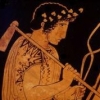
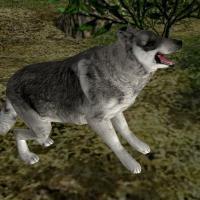


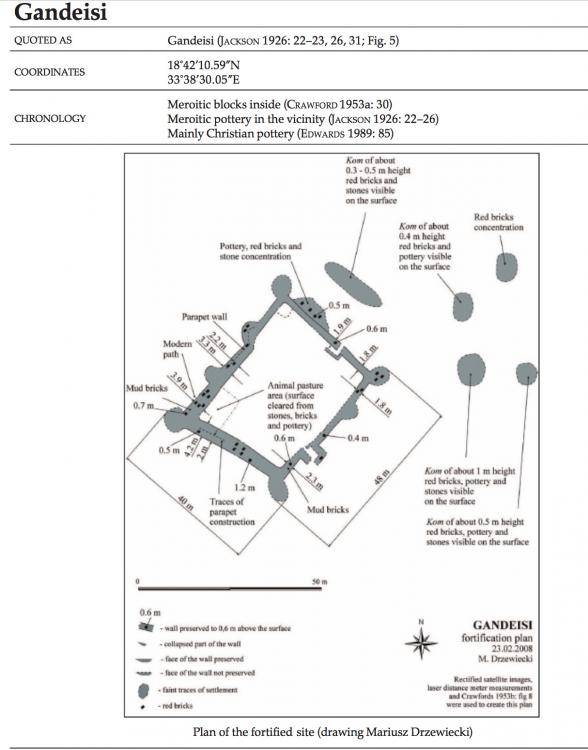
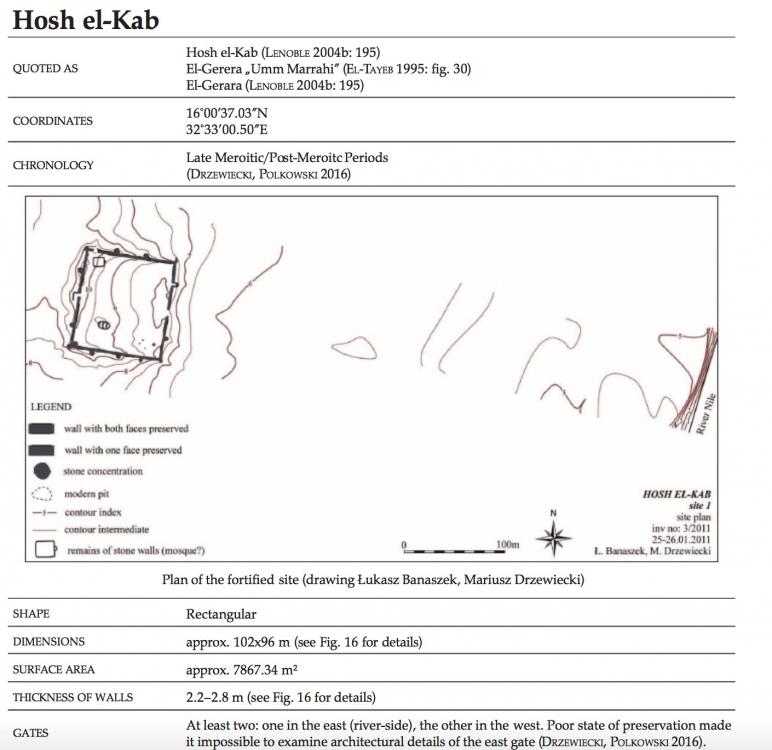
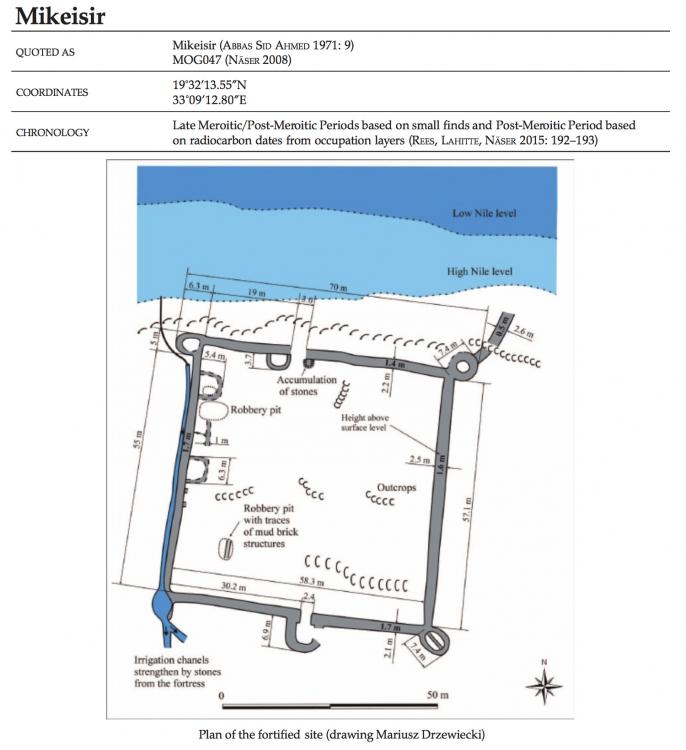
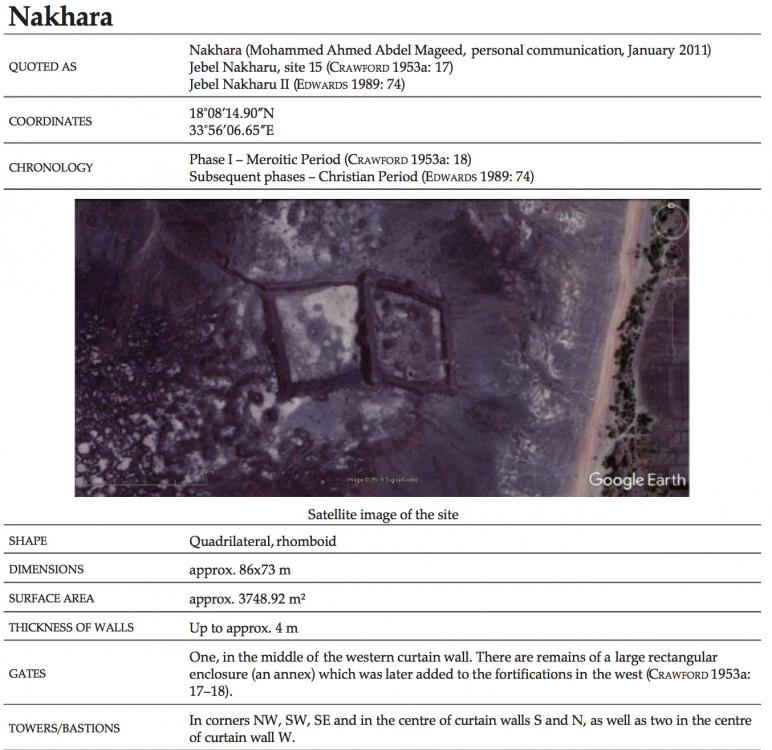

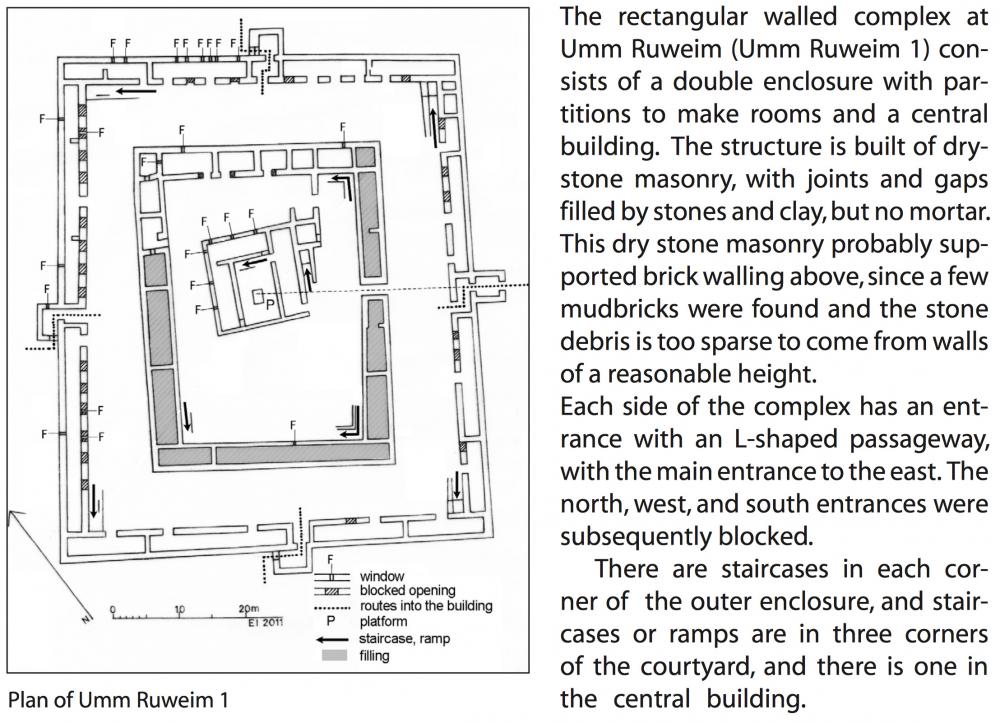
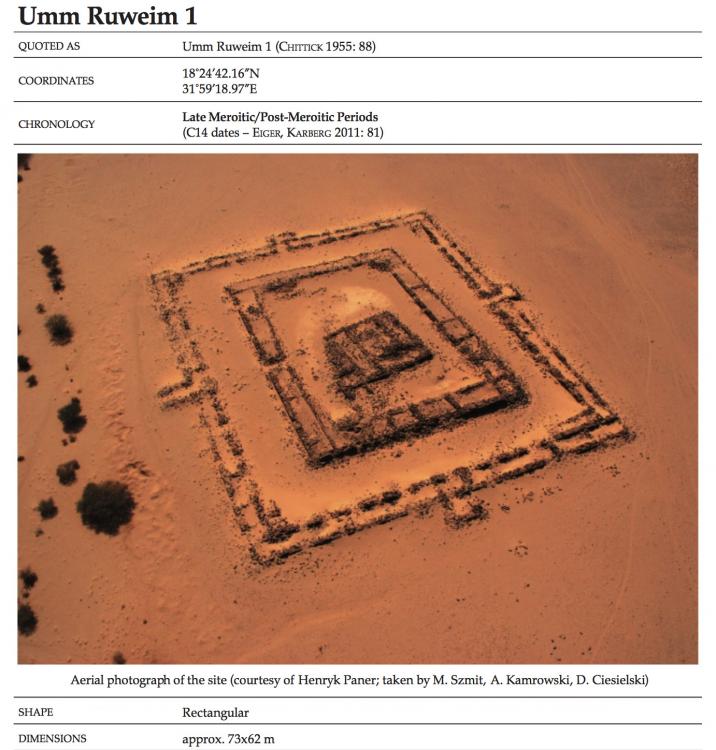
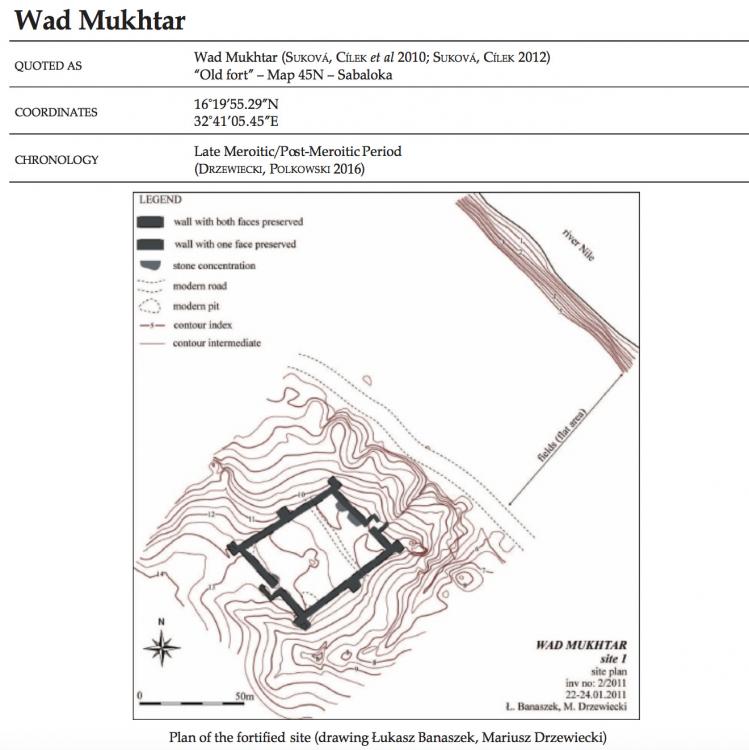
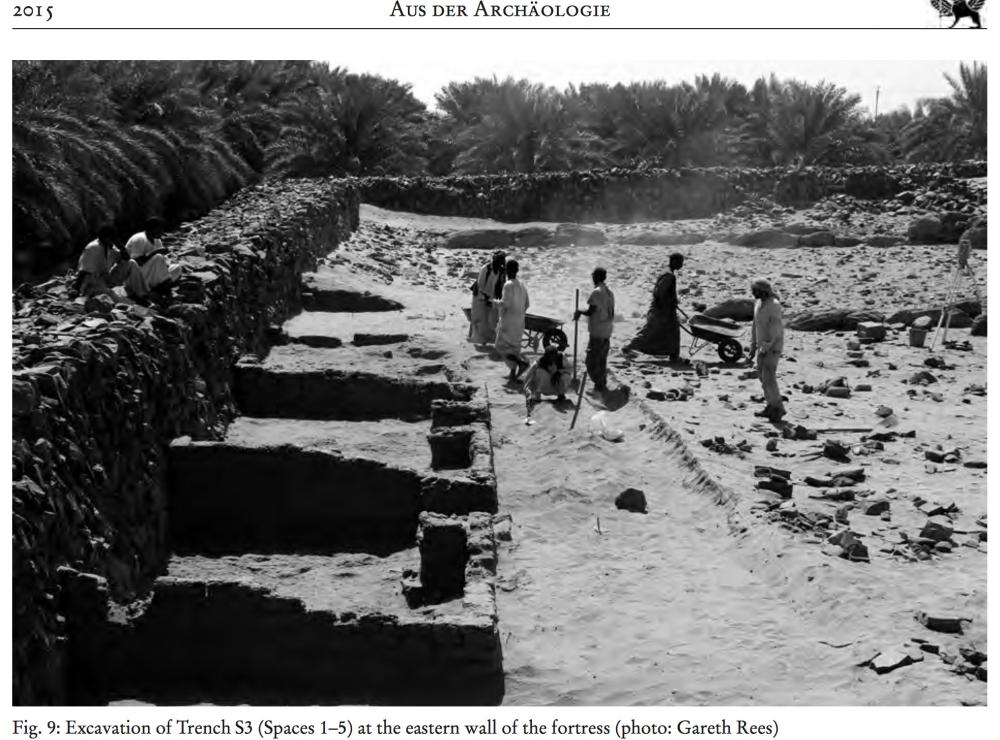
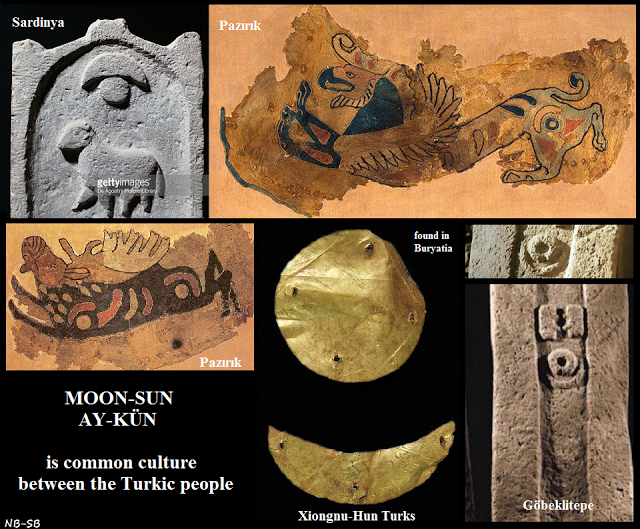

.thumb.png.ce58cea22940c255f5b0a735d5abee36.png)

